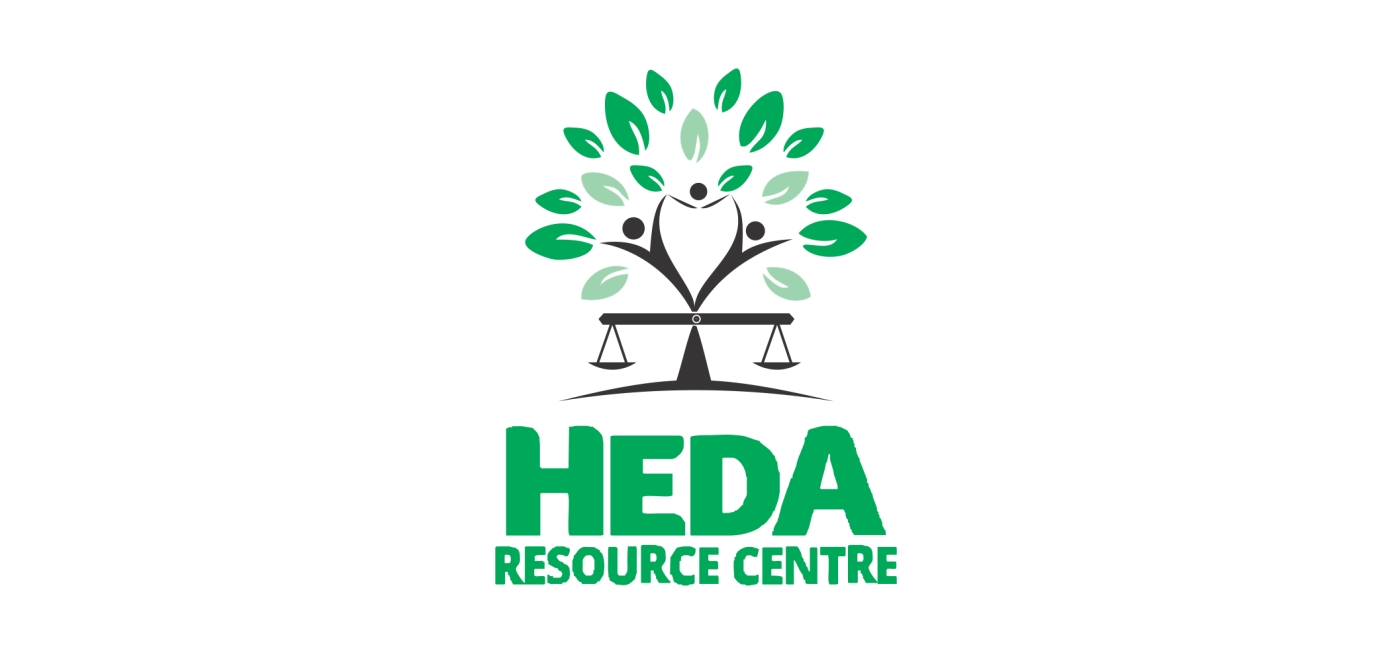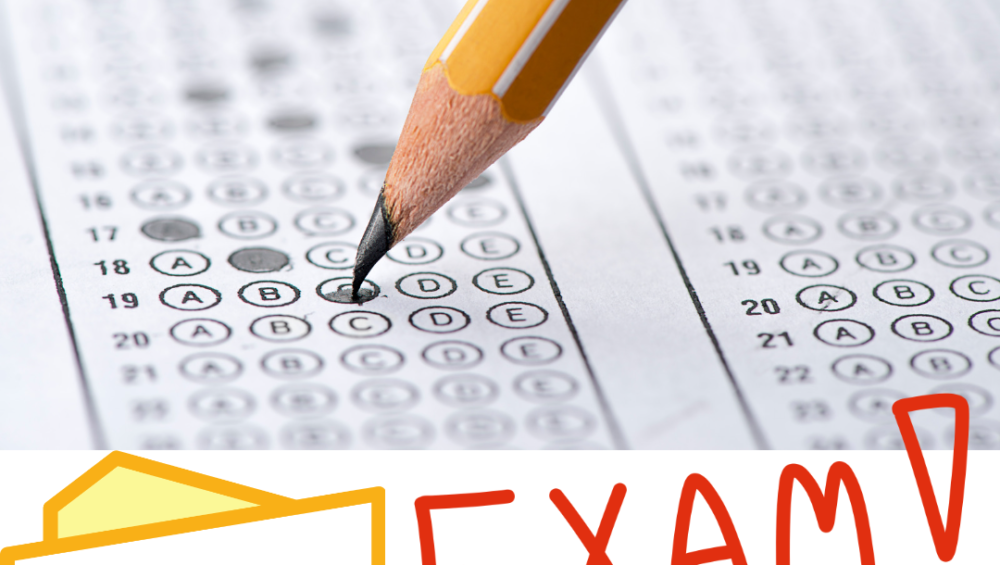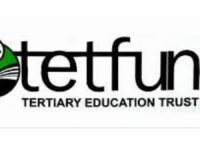CHALLENGES AND POSSIBLE SOLUTIONS
CASE STUDY (JAMB)
1.0. Introduction:
Examination malpractices such as cheating, impersonation, and leakage of examination questions have become a persistent and widespread problem amongst young people in Nigeria, posing significant threats to the education system and the country’s future. This phenomenon has infiltrated the education system, compromising the integrity and fairness of assessments, undermining the efforts to foster a skilled workforce, and eroding public trust in the education system.
2.0. Causes of Examination Malpractices
2.1. Societal Pressure and Competition: High stakes and societal expectations create intense pressure on students to excel academically, leading some to resort to unethical means to achieve success.
2.2. Inadequate Preparation: Insufficient teaching and learning resources, ineffective instructional methods, and overcrowded classrooms contribute to students’ limited knowledge and understanding, driving them towards malpractices
2.3. Weak Institutional Framework: Inadequate supervision, corruption, and the absence of strict penalties for offenders within educational institutions facilitate malpractices.
2.4. Technological Advancements: Rapid advancements in technology have made it easier for students to access unauthorized materials, communicate during exams, or engage in other forms of cheating.
3.0. Consequences of Examination Malpractices
3.1. Diminished Educational Quality: Exam malpractices comprise the validity and reliability of assessments, thereby degrading the overall quality of education.
3.2. Skills Gap: When students rely on cheating instead of genuine learning, they are ill-prepared to meet the demands of higher education or the workforce, leading to a growing skills gap
3.3. Erosion of Ethical Values: Encouraging a culture of cheating undermines the development of ethical values, jeopardizing the moral fabric of society.
3.4. Economic Implications: Examination malpractices hinder economic growth and development by producing a workforce lacking the necessary skills and knowledge
4.0. Strategies to Combat Examination Malpractices
4.1. Strengthening Curriculum and Pedagogy: Implementing student-centred teaching methods, improving learning resources, and enhancing teacher training can promote effective learning and reduce the temptation for malpractices
4.2. Rigorous Monitoring and Supervision: Educational institutions must establish robust systems to prevent cheating during exams, including deploying invigilators, introducing stricter security measures, and adopting technology-driven anti-cheating tools.
4.3. Public Awareness and Moral Education: Engaging stakeholders, such as parents, teachers, and community leaders to promote the importance of honesty, integrity, and hard work can help create a culture that rejects examination malpractices
4.4. Legal Framework and Penalties: Enacting and enforcing stringent laws that punish offenders including students, parents, and facilitators of malpractices will serve as a deterrent.
4.45. Technological Interventions: Leveraging technology to detect and prevent cheating, such as the use of biometric identification, secure online examinations, and plagiarism detection software, can significantly mitigate malpractices.
5.0. The Efforts of JAMB
The Joint Admissions and Matriculation Board (JAMB) has made commendable efforts to address examination malpractices. JAMB has implemented various measures, including the use of biometric verification, computer-based test, and improved question management systems to enhance the integrity of examinations. These initiatives aim to minimize the practices and ensure a fair and transparent assessment process. Furthermore, JAMB has collaborated with Law Enforcement Agencies (LEAs) to prosecute individuals involved in examination malpractices, sending a strong message that such acts will not be tolerated.
6.0. Strengthening the Efforts of JAMB:
While JAMB’s efforts are commendable, additional steps can be taken to further combat examination malpractices;
6.1. Continuous Research, Innovation, and Improvement: JAMB should review and update its security measures to keep pace with evolving techniques used by malpractice perpetrators. Regular audits and assessments can identify vulnerabilities and enable proactive interventions.
6.2. Collaboration and Information Sharing: JAMB should foster collaboration with other educational bodies or institutions and examination boards, to share best practices, exchange information on malpractice trends, and collectively develop comprehensive prohibitive strategies. Collaborations with experts in the field can yield new insights and solutions to counter emerging malpractice techniques.
6.3. Student Support and Counselling: JAMB can enhance its support by providing counseling and guidance to students, emphasizing the importance of integrity and ethical conduct, and assisting them in developing effective study techniques and coping mechanisms to reduce the temptation for malpractices.
6.4. Stakeholder Engagement: JAMB should actively involve parents, teachers, community leaders and the media in awareness campaigns and workshops to educate and sensitise them about the detrimental effects of examination malpractices. This collective effort can foster a culture of academic honesty and discourage malpractice facilitators.
7.0. Conclusion:
Examination malpractices pose a significant threat to the education system in Nigeria. To address this menace effectively, a multi-faceted approach is required. The efforts of JAMB in combating examination malpractices are laudable, but continued improvements and collaborations are necessary to ensure a fair and merit-based education system. By tackling this issue collectively, Nigeria can foster an environment of integrity, excellence, and equal opportunities for its young population, ultimately leading to a brighter future for the nation as a whole.






